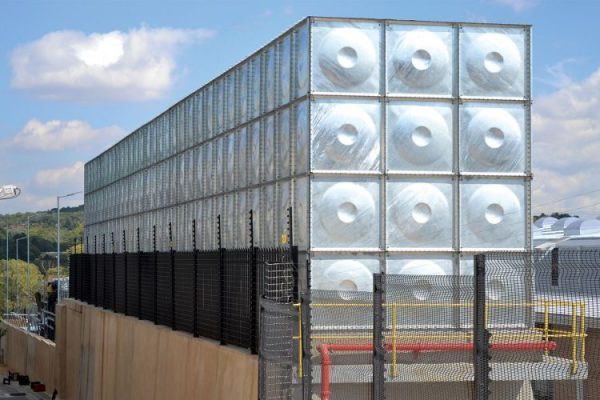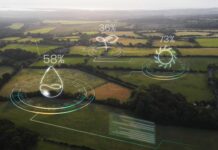We need water. It is essential for the flourishing of all life on earth, and yet we already do not have enough. This simple fact combined with predicted climatic events, such as megadroughts and increased desertification in Sub-Saharan Africa, exposes a larger challenge.
To have enough water in the right places, at the right times, for how our world is projected to change in the next 5 years, let alone the next 25, we need to start taking saving our water as seriously as we take saving our money.
Our water sources are already exacerbated by a growing agricultural industry, rapid urbanisation, and by exploding populations in areas already deprived of water. Despite rainfall variability being well documented in Africa, it is estimated that by 2025, 52 % of countries worldwide expected to be facing water shortages will be African. A clear indication that we are failing to realise the importance of our limited water resources.
COO of the leading water tank manufacturer Abeco Tanks, Mannie Ramos Jnr, believes that even as we head into our rainy season or as water restrictions are lifted, we need to take a proactive stance towards saving water.
“There is a shift taking place where people are starting to change the way they think about water and planning ahead, especially after years of drought in Cape Town. Even though the City of Cape Town has lifted water restrictions, the reality of facing day zero has made Capetonians more aware of water scarcity,” says Ramos Jnr.
While awareness is known to drive change, it only happens when closely followed by action.
“If we view water as a scarce resource, even in times of oversupply, and make sure to conserve and plan head for times when that resource is not freely available, then we are better prepared to deal with the water crisis,” adds Ramos Jnr.
He uses the analogy of protecting another not so natural resource – information. With cybercrime seen as a very real threat, organisations are using technology solutions and strategies to secure and back up that data.
For example, banks take every effort to secure the hard-earned money of their customers – behind physical vaults or digital cyber security solutions.
He adds that banks also understand the importance of planning ahead for water scarcity as Abeco has supplied tanks to all of the banks in South Africa.
The solution?
The solution is simple and effective, water storage tanks. Water tanks have been used for centuries with the earliest water storage systems documented in the bronze-age, 3000 years BC.
Water tanks are used in a multitude of applications such as drinking water, fire suppression, agricultural irrigation, chemical manufacturing and rainwater harvesting, to name a few.
He notes that using water tanks for rainwater harvesting can also reduce an organisation’s environmental impact, especially as climate change and water scarcity are challenges to achieving sustainable development on the continent.
Having said that, it is difficult to fathom why all organisations, industry and government departments do not have water storage tanks to protect their operations.
Water tanks are a highly effective answer to the solution and with the range of capacities offered, from 20 000 litres up to 10 Million litres, any organisation – small or large – community or residential can all save water for a not-so rainy day.
While it is good that the South Africa’s National Climate Change Response White Paper and the National Development Plan are prioritizing the immediate and observed threats of climate change to the country’s society, economy and environment, without proactively saving water through rain harvesting, water tanks, water recycling, and changing our attitude towards water, little progress will be made. The negative impact of our negligent attitudes towards continuous access to this irreplaceable resource is but a drop in the ocean in comparison to what will happen if we don’t start saving water for a not-so-rainy day and start implementing, sustainable, water continuity solutions such as large scale water tanks.









